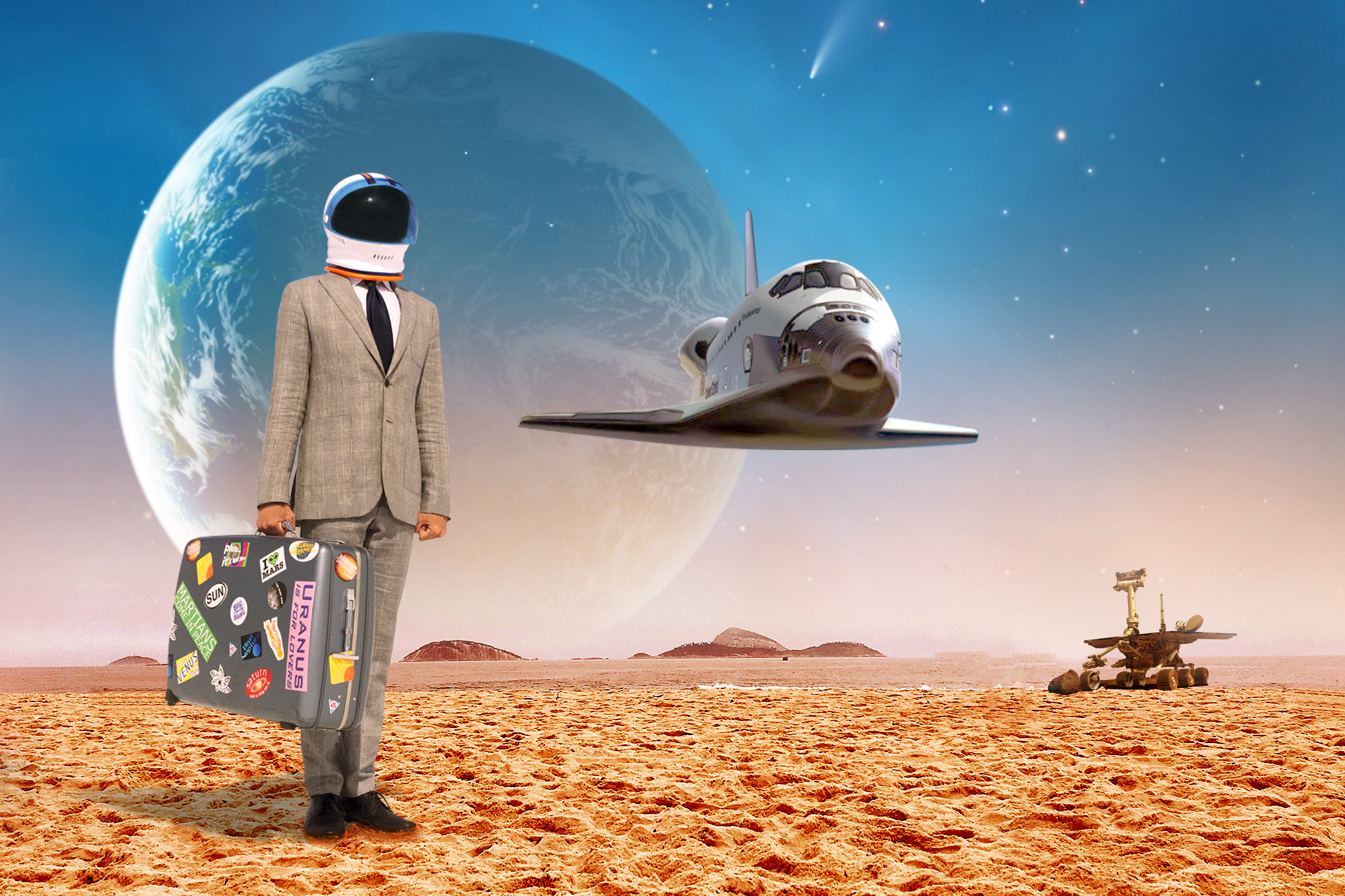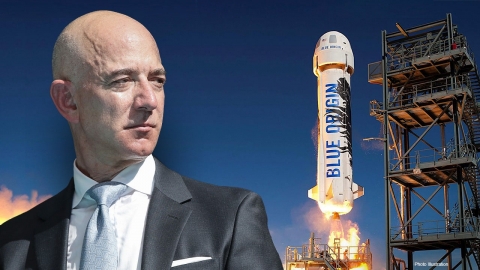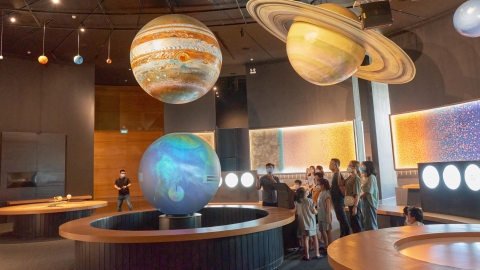Ever since she was a child, Ilida Alvarez dreamed of flying into space. However, two factors made it difficult for her to realize her dream: Alvarez was afraid of heights and she was not a billionaire. Alvarez thought she would never reach the stars.
Then her 46-year-old lawyer husband, Rafael Landestoy, booked a special trip. They would sit in a pressurized capsule attached to a giant helium-filled balloon that could hold 10 people. The capsule would float at an altitude of 100,000 feet. Guests would recline in ergonomic chairs and sip champagne while gazing at the sky. To reserve the trip, guests had to pay a $500 deposit. The cost for a 6-12 hour flight is around $50,000.
“This is a trip designed specifically for people like me who are afraid of heights,” said Alvarez, whose flight, organized by World View, will depart from the Grand Canyon in 2024.
What is space tourism?
First, altitude is the most important factor. 60 miles (96 km) above us is the Kármán line, the recognized aeronautical boundary of Earth’s atmosphere. This is the boundary certified by the Féderátation Aéronautique Internationale, which archives and licenses space travel worldwide. However, many organizations, including the FAA and NASA, consider 50 miles to be space.
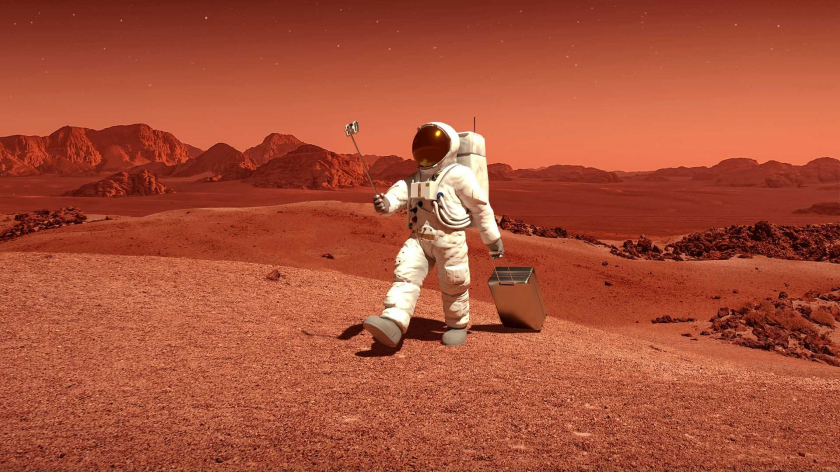
Space tourism is the trend of the future tourism industry.
Three private space companies, led by three billionaires, have already begun commercial spaceflights. Branson’s Virgin Galactic launched William Shatner and other high-class passengers into space on a rocket that flew 53 miles (84 km). Meanwhile, Jeff Bezos and Elon Musk have organized commercial flights that have reached 120 miles (190 km) above the atmosphere.
In addition, pressurized balloon capsules, although not able to reach the required altitude, provide a similar experience to space tourism. The World View devices provide only 18-19 miles (28-30 km). Tourists sitting in the capsule can see a panoramic view of the Earth's surface, which is the experience of professional astronauts when they begin to enter orbit.
Space tourism boom
Blue Origin and Virgin Galactic have been selling tickets for space tourism for years. Both companies have been licensed by the Federal Aviation Administration (FAA). Their customer lists number in the hundreds or thousands, all patiently waiting for their turn to see the Earth from space. Meanwhile, SpaceX is selling space tourism packages for up to $10 million. The company is building new facilities that are overseen by the FAA.
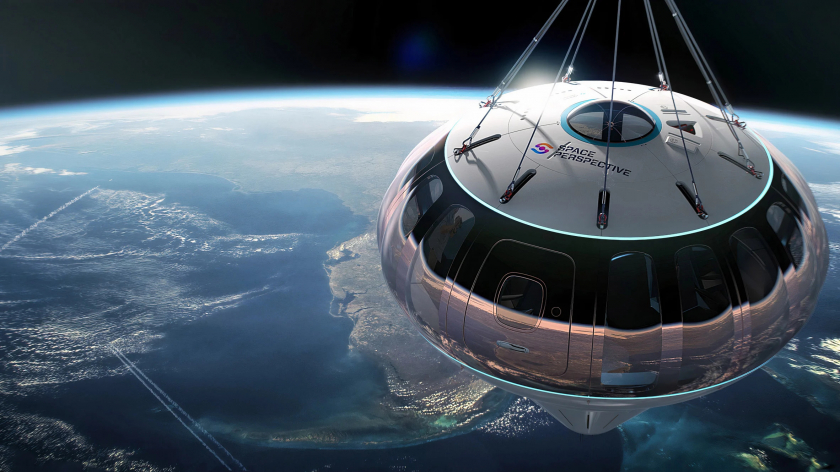
Tourists will soon see Earth from space.
Craig Curran, owner of Deprez Travel in Rochester, New York, is a passionate travel enthusiast. Since 2011, he has spent millions of dollars to reserve a seat on Virgin Galactic's space voyage. Craig's travel company also owns a space tourism program called Galactic Experiences by Deprez. Craig Curran sells everything related to aerospace, from tickets to rocket launches to freelance astronaut training programs.
Mr Curran admitted that sales in the space tourism sector are “extremely hard to come by” and come mainly from peer-to-peer networks.
"People who are willing to spend $450,000 to travel to space are not from the same class and environment as us," Curran said.
At Deprez Travel, travelers can experience the feeling of weightlessness, like traveling in space. The company uses specialized Boeing 727 planes and flies continuously in parabolic arcs.

Inside Blue Origin's pressurized capsule.
For those with a fear of heights and those who can’t handle the intensity of the activity, pressurized chambers are the best option. Jane Ponynter, co-founder of Space Perspective, says their service ensures the comfort of visitors.
"Our pressurized capsules travel at 12 mph (about 19 km/h), so guests can enjoy a bird's-eye view of the Earth without the uncomfortable workouts," Jane shared.
Space Perspective will load pressurized capsules onto the Spaceship Neptune. If all goes according to plan, trips are expected to depart from Florida in 2024, costing $125,000 per person. That’s less than the cost of space travel from Blue Origin and Virgin Galactic.
Problems that arise
Insurance companies have been quick to jump on the bandwagon. By the end of 2021, a number of insurance plans for tourists traveling in spaceships or pressurized capsules were appearing. These plans provide benefits for accidental death and permanent disability in space and are valid for spaceflights by operators such as SpaceX, Blue Origin and Virgin Galactic, as well as stratospheric balloon rides.
"The future of space tourism forces us to react immediately. However, customers demand many benefits for these packages that no one really wants to buy yet," said Sasha Gainullin, a representative of an insurance company. "Currently, the elite choose space tourism and they already have other types of insurance. But, when the customer segment becomes more popular, that's when we get to work."
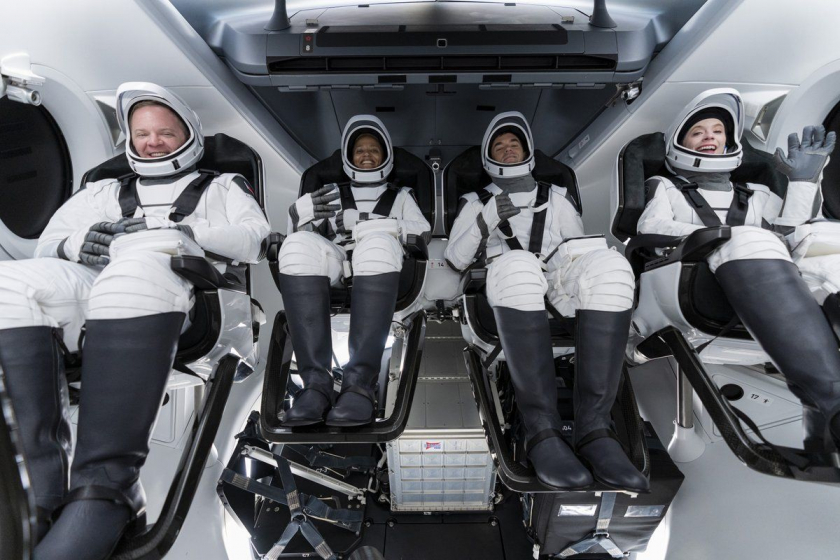
SpaceX's first customers.
As the space industry grows, the environment will be the first to suffer. Rocket launches emit huge amounts of carbon, and stratospheric balloon flights pose significant risks. They waste fuel, with a World View aircraft powered by thousands of cubic meters of helium.
"Space tourism is not likely to have as big an impact on the environment as air travel. It's still a long way from being established and the operating costs are so high that the number of passengers will be limited," said Ted Parson, professor of environmental law at the University of California.





